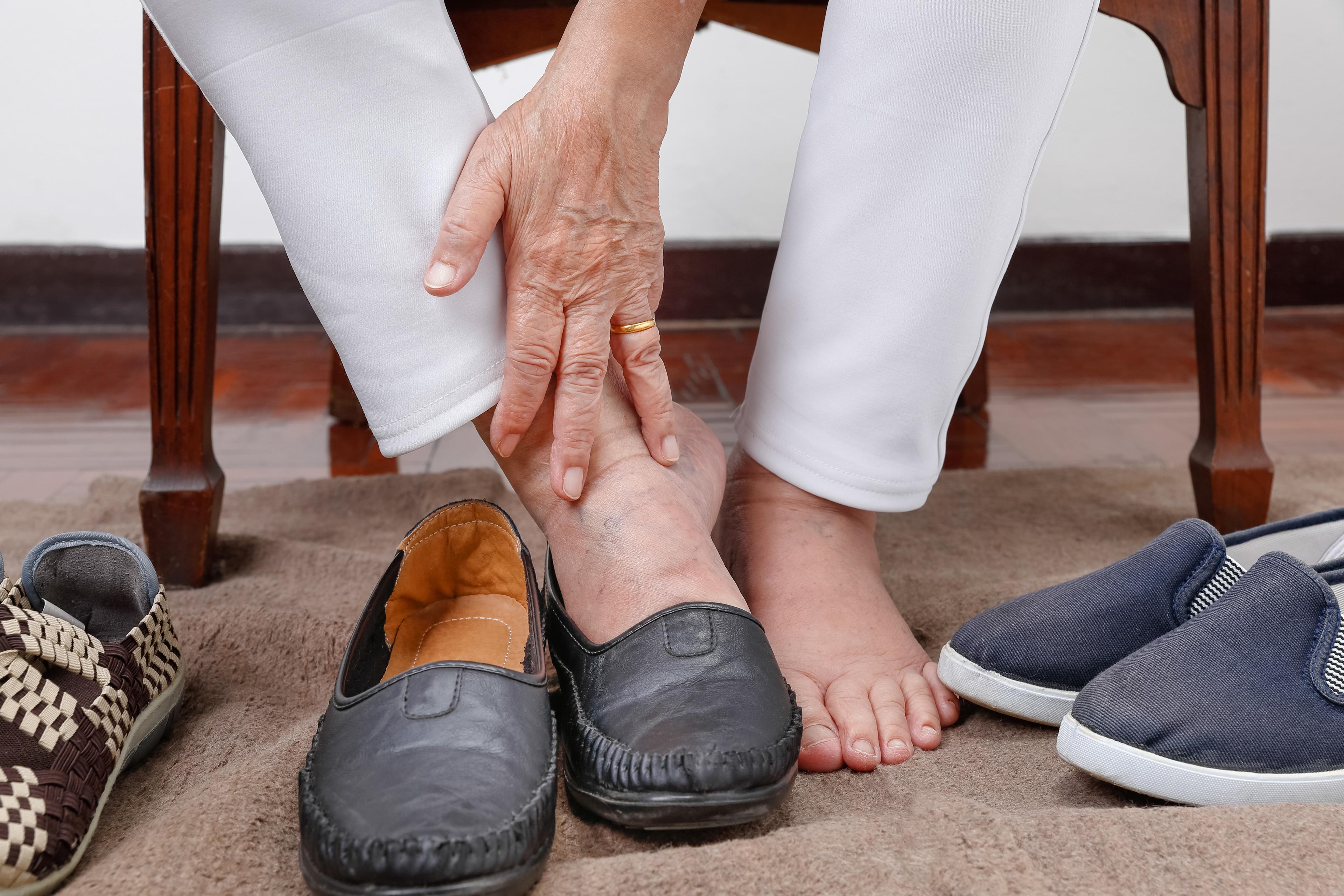What is a UTI? Causes, Symptoms and Treatment for Urinary Tract Infections
Jake Newby
| 3 min read

Do you feel pain, burning or discomfort while urinating? If so, you may have a urinary tract infection (UTI).
UTIs are common infections that affect any part of the urinary system, including the kidneys, bladder, ureters, and urethra. UTIs are responsible for nearly 10million doctor visits each year.
In most cases, UTIs can be successfully treated without causing kidney damage. However, UTIs can be dangerous if left untreated, or if the infection spreads.
What are the causes and risk factors of UTIs?
A UTI occurs when bacteria make its way into the urinary tract and multiply. This usually causes redness, swelling and pain in the bladder.
UTIs are more common in women than men. According to the National Kidney Foundation, one in five women will suffer from at least one UTI in their lifetime. About one in 10 men will get a UTI in their lifetime. The female anatomy partly contributes to the disparity, as a woman's urethra is shorter than a man's and is closer to the rectum, giving bacteria easier access to the bladder.
Women with diabetes, who may have weakened immune systems, are also less likely to fight off infections like UTIs. Here are other risk factors:
- Age – older adults and young children are more likely to get UTIs
- A previous UTI
- Changes in the bacteria that live inside the vagina, or vaginal flora
- Poor hygiene, for example, in children who are potty-training
- Pregnancy
- Sexual activity
- Some forms of birth control
- Structural problems in the urinary tract, such as an enlarged prostate
UTI symptoms
Sometimes, people with UTIs appear asymptomatic. Other times, they may experience one or more of these symptoms:
- A burning feeling while urinating
- A sudden change in your usual routine of pattern of going to the bathroom
- Cloudy or blood-tinged urine
- Passing a small amount of urine despite an urgent need to urinate
- Pressure or pain in the lower abdomen or in the center of the pelvis
- Strong-smelling urine
If infection spreads to the kidneys and becomes more severe, people with UTIs may experience lower back pain, fever and chills, and nausea and vomiting. You should visit your primary care provider as soon as possible if these symptoms arise.
UTI prevention and treatment
Your primary care provider will determine if you have a UTI by:
- Asking about symptoms
- Conducting a physical exam
- Ordering urine tests, if needed
Antibiotics – a common form of treatment for UTIs – may be prescribed. Be sure to take them exactly as your healthcare professional advises. This usually includes taking all of your prescribed medicine, even after you start to feel better.
Staying hydrated is key, as well. Drinking lots of water and other fluids helps flush bacteria from the body.
According to kidney.org, drinking a glass of cranberry juice each day may help prevent recurrent UTIs. New research- also suggests a similar effect from other cranberry products, like dried cranberries and dietary supplements. Cranberriescontain compounds that may stop certain bacteria from attaching to the urinary tract wall. For those with diabetes or at-risk for diabetes, low-sugar or sugar-free options are available.
The Centers for Disease Control and Prevention recommends these additional prevention methods:
- Minimize douching, sprays, or powders in the genital area
- Urinating after sexual activity
- Taking showers instead of baths
- Teaching young girls when potty training to wipe front to back
Photo credit; Getty Images





